Hidden Gems of Playwright: Part 2
In the previous part, I highlighted some notable Playwright methods that made testing easier when I started using it as a default test automation framework in production.
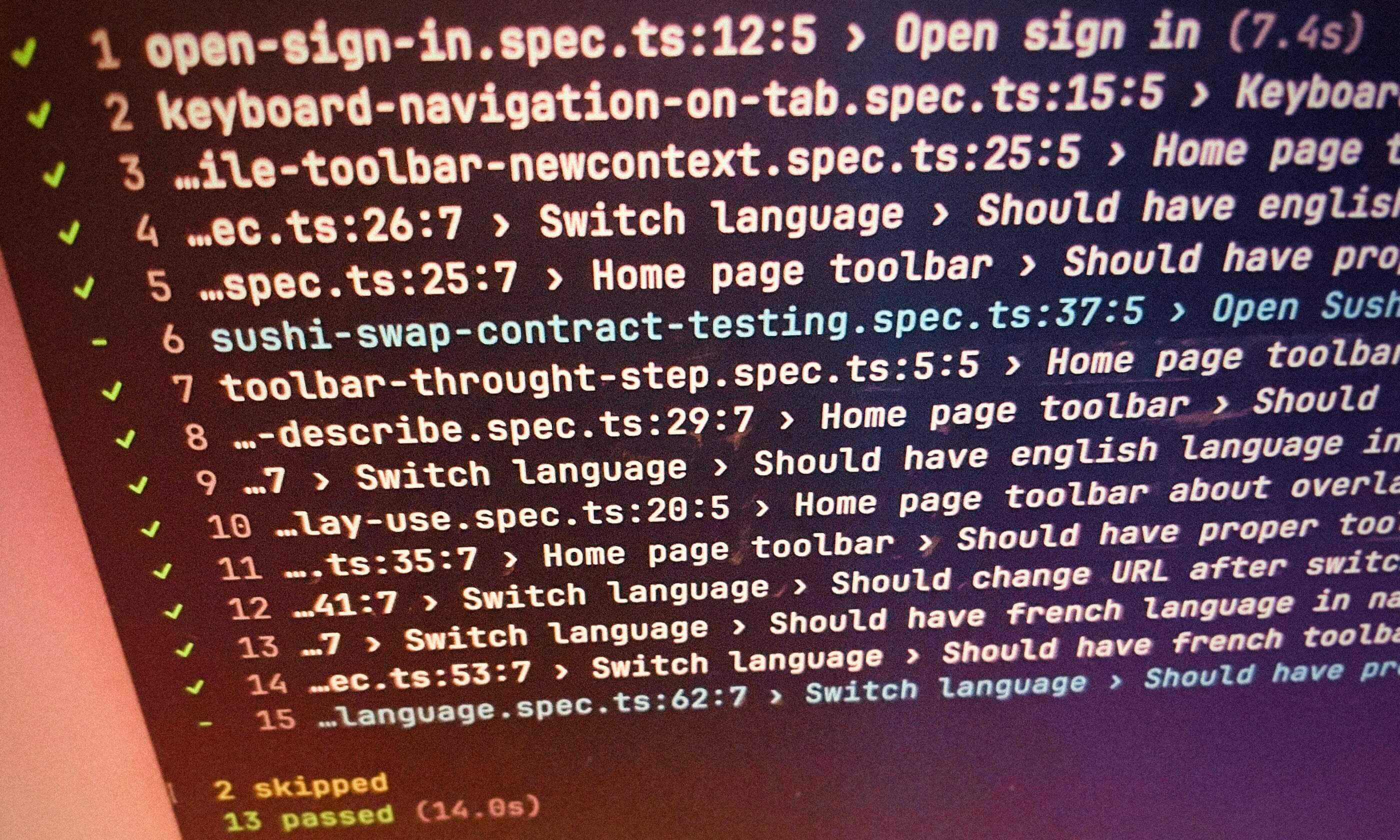
Here I continued to pick up some interesting features of that tool:
- Rewrite global config for any test
- …devices
- setOffline
- expect.toPass
- waitForSelector (deprecated, but works) / waitFor
- CI reporter for GitHub Actions
- last-failed
- Boxed steps
Some of them are «illustrated» in this GitHub repository.
Rewrite global config for any test
Docs: Test use options, TestOptions
Playwright provides a config file to manage all options for running your tests. However, some tests may require a completely different setup for the base URL, browser settings, or a special user’s environment (viewport, geolocation, etc.).
To rewrite the global config, you can set the necessary parameters for a particular single test via the test.use() method at the top of a test:
test.use({
baseURL: 'http://localhost:3000',
...devices['Pixel 7'],
});
test('Home page on mobile', async ({ page }) => {
await test.step('Open the page', async () => {
await page.goto('/');
});
});
…devices
Another advantage of Playwright’s configuration options is its device «emulation». Instead of setting a custom User Agent, the viewport size, and other settings for mobile browsers, you can directly specify the required device in the config (or rewrite the config through test.use() as shown above):
use: {
...devices['iPhone 14'],
},
The whole list of devices can be found in Plyawright’s repository.
setOffline
I used it in one test, especially to check the application’s behavior in case of a loss of connection. Offline mode turns on through BrowserContext:
test('Go offline', async ({ browser, page }) => {
await test.step('Open the page', async () => {
const context = await browser.newContext();
page = await context.newPage();
await page.goto('/');
await context.setOffline(true);
});
Watch out, this is not fully offline mode. Network activity will stop (as an emulation of a network being offline), but you will not be able to test features of your application that use online/offline events in the addEventListener() method:
// If your application’s code has this:
window.addEventListener('offline', (event) => {});
// Then browserContext.setOffline(true) won’t work
expect.toPass
That trickiest method allows «retry» the assertion inside expect:
await expect(async () => {
// Retry by intervals until the request is successful
const response = await page.request.get('https://sso-motd-api.web.cern.ch/api/motd/');
expect(response.status()).toBe(200);
}).toPass({
// Probe, wait 1s, probe, wait 2s, probe, wait 10s, probe, wait 10s, probe
intervals: [1000, 2000, 10000],
// toPass timeout does not respect custom expect timeout
timeout: 60000,
});
This is extremely useful for checking unreliable backend responses.
There is also a similar, but not quite, expect.poll method, which implements the idea of HTTP polling inside assertions.
waitForSelector (deprecated, but works) / waitFor
This is another brilliant method suitable for checking selectors.
There is a recommendation that assertions should not be placed inside page object models, even despite the implementation example in Playwright itself.

Fig. 1. Please, do not do that inside pageObjects
Instead, you can wait for the required selector without explicit assert/expect:
// Page’s toolbar object
export class Toolbar {
private page: Page;
private toggleLocator: Locator;
constructor(page: Page) {
this.page = page;
this.toggleLocator = page.locator('[class*=toggle]');
}
async clickOnToggle(): Promise<void> {
await this.toggleLocator.click();
// Deprecated, use locator-based locator.waitFor() instead
await this.page.waitForSelector('[data-testid="dropdown-menu"]');
}
}
Unfortunately, this method is deprecated, and waitFor() must be used. So the pageObject’s code above should be rewritten as follows:
// Page’s toolbar object
export class CernToolbar {
private page: Page;
private toggleLocator: Locator;
private dropdownMenu: Locator;
constructor(page: Page) {
this.page = page;
this.toggleLocator = page.locator('[class*=toggle]');
this.dropdownMenu = page.getByTestId('dropdown-menu');
}
async clickOnToggle(): Promise<void> {
await this.toggleLocator.click();
await this.dropdownMenu.waitFor({state: 'visible'});
}
}
CI reporter for GitHub Actions
If you are using GitHub Actions for your CI/CD, then github reporter is your «must have» config option:
// 'github' for GitHub Actions CI, and 'list' when running locally
reporter: process.env.CI ? 'github' : 'list',
Documentation tells that this reporter has annotations without describing what it is. These annotations look like very useful widgets inside PR’s diff in the place of a failed code line.
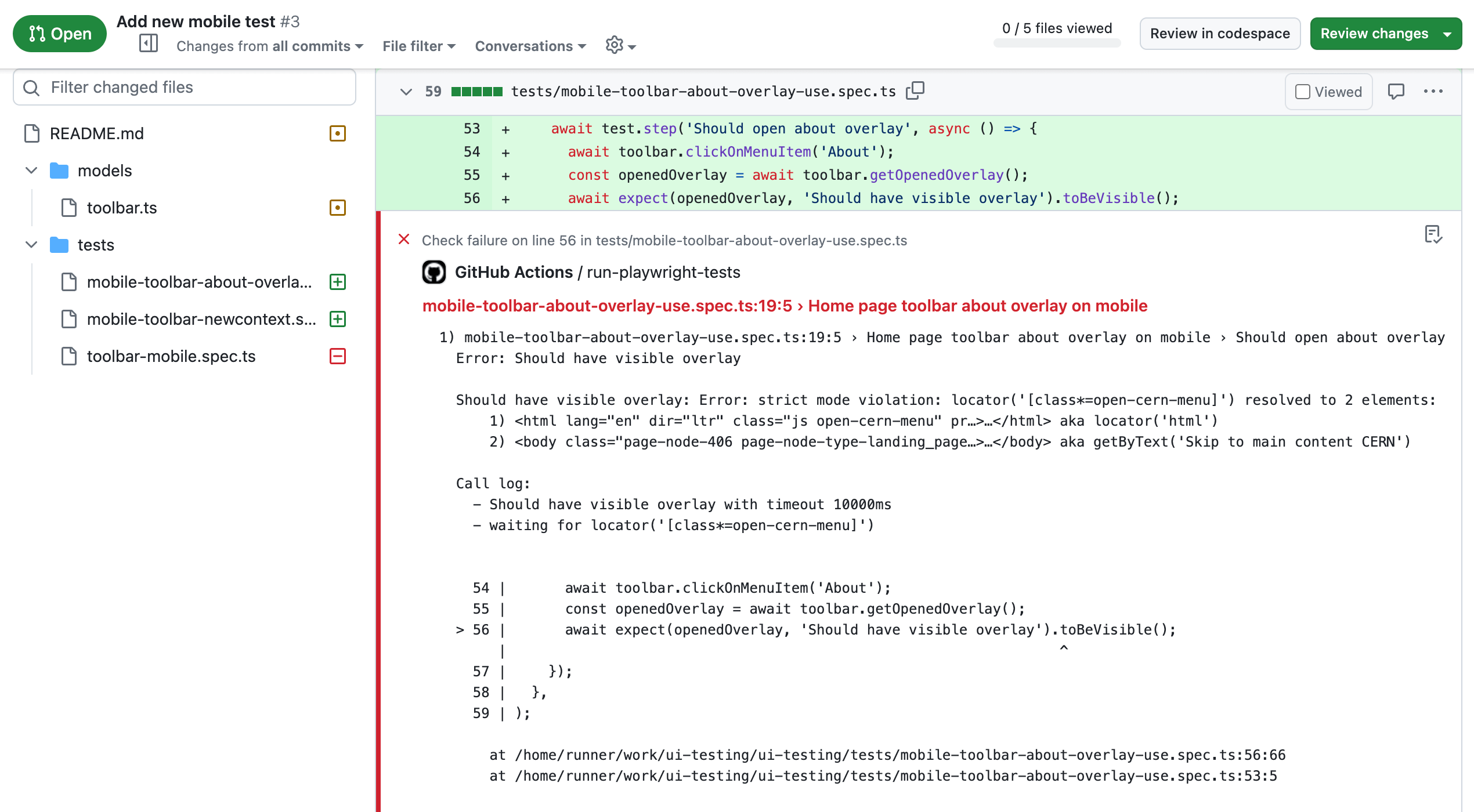
Fig. 2. github reporter annotations in PR
github reporter’s report in a workflow’s job looks like a normal list report.
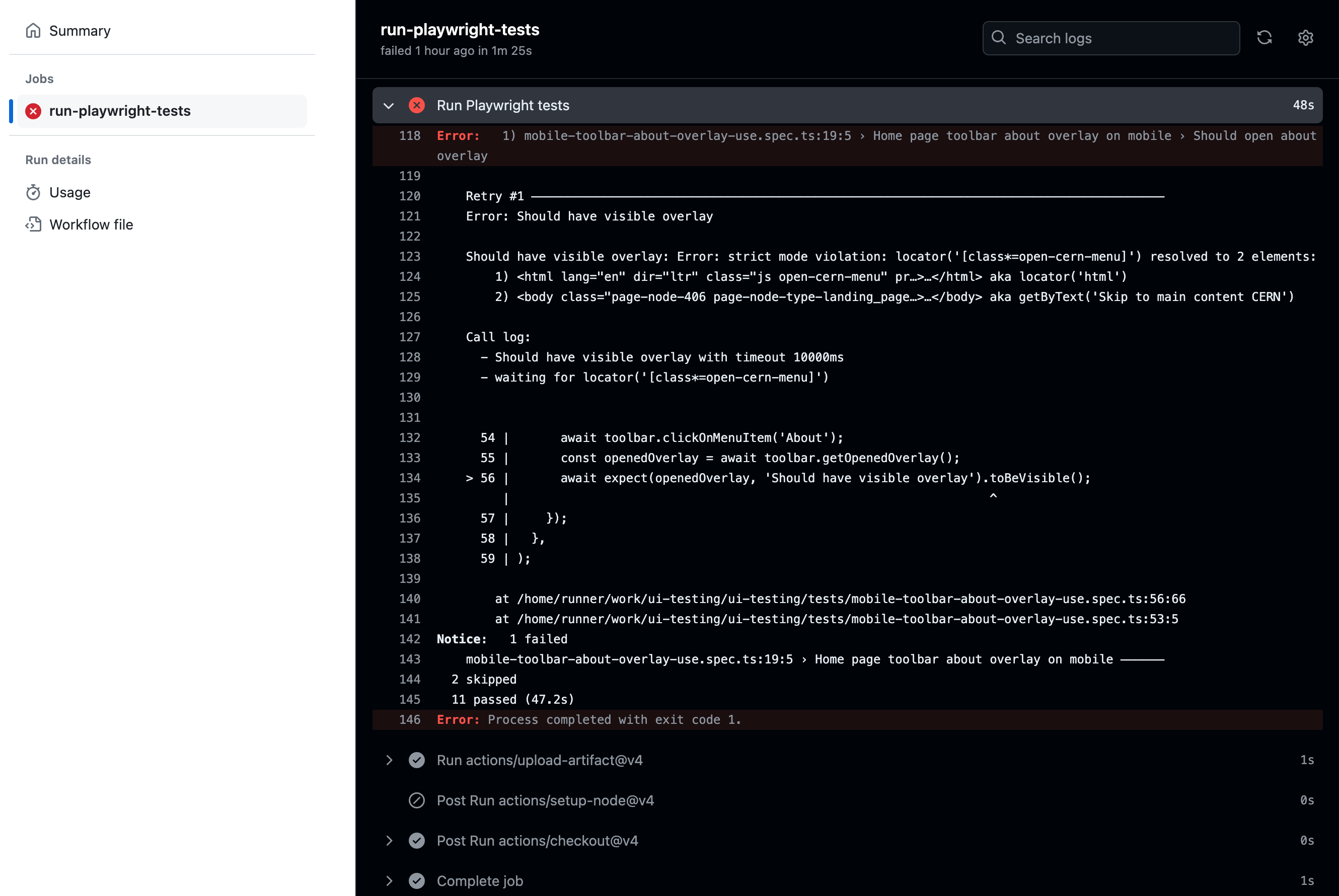
Fig. 3. github reporter in the job
last-failed
The new CLI option in the latest release (1.44) brought the ability to run only tests that failed in the previous run.
This is a significant improvement for Playwright’s test runner. Earlier, we had to develop a custom scripts for reruning only failed tests, but now it works out of the box.
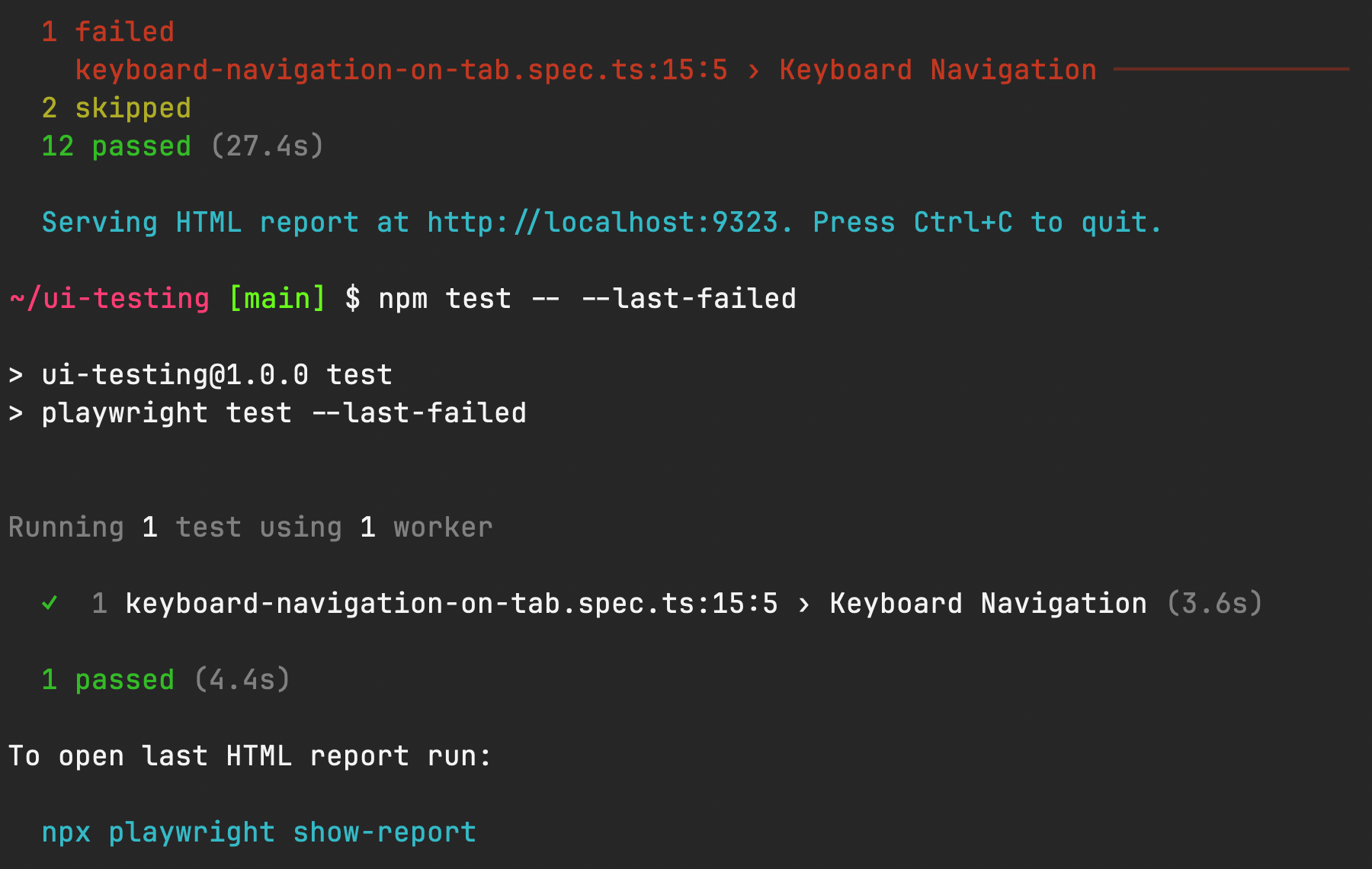
Fig. 4. –last-failed option runs only failed tests
UPDATE: one more highly useful CLI option appeared with release 1.46: --only-changed — it allows to run only changed tests (test files) since the last git commit. It really speeds up the local development and debugging of tests.
Read more:
Boxed steps
When I first read the release notes about a new option for the test.step() method, I was confused and considered it useless. But later, I realized that it could be useful for steps with «helpers».
If you develop test automation for fairly complex applications, sooner or later, you will have to add abstraction layers inside tests to perform repetitive and/or compound actions. These pieces of code are usually called helpers or utils and are imported into tests for execution as their steps.
Sometimes, developers can be frustrated by redundant test reports and want to see only the upper-level failures. The «box» step serves exactly this scenario — it hides error details of the test’s inner helper functions:
// Helper
async function openHomePage(page: Page) {
await page.goto('/');
await expect(page, 'Should open / page').toHaveURL(/.*\//);
await expect(page.getByRole('main')).toBeVisible();
}
test('Home page toolbar about overlay on mobile',
async ({ page }) => {
await test.step('Open the page', async () => openHomePage(page), {
box: true,
});
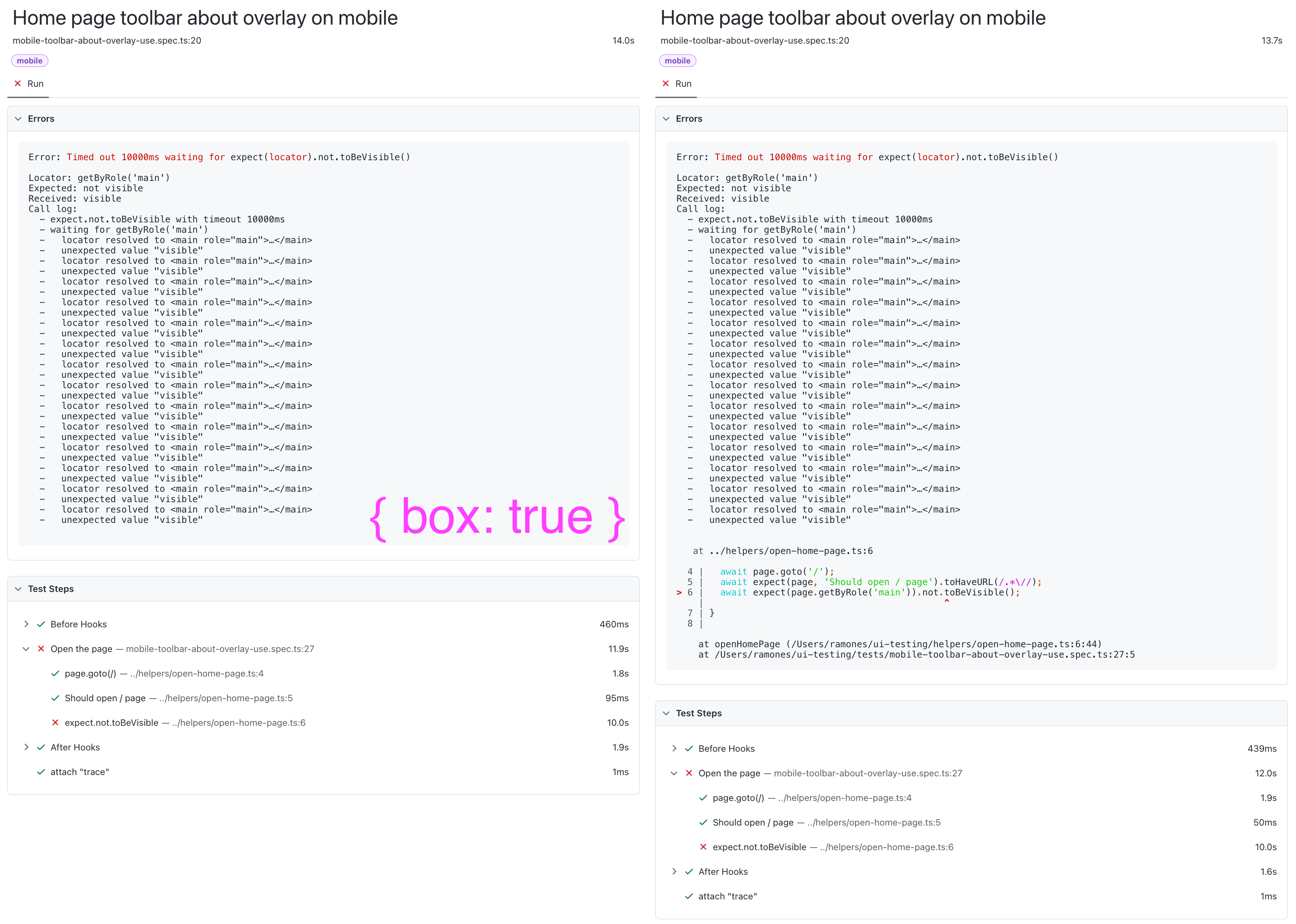
Fig. 5. HTML report: on the left — {box: true}, on the right is an ordinary test step
Anyway, that is quite a controversial feature, and it depends a lot on the helper functions and the assertions inside them (your errors may look completely different than in the example above), as well as the test requirements.
Read more:
Take a look at part 1.
Copy @ Medium